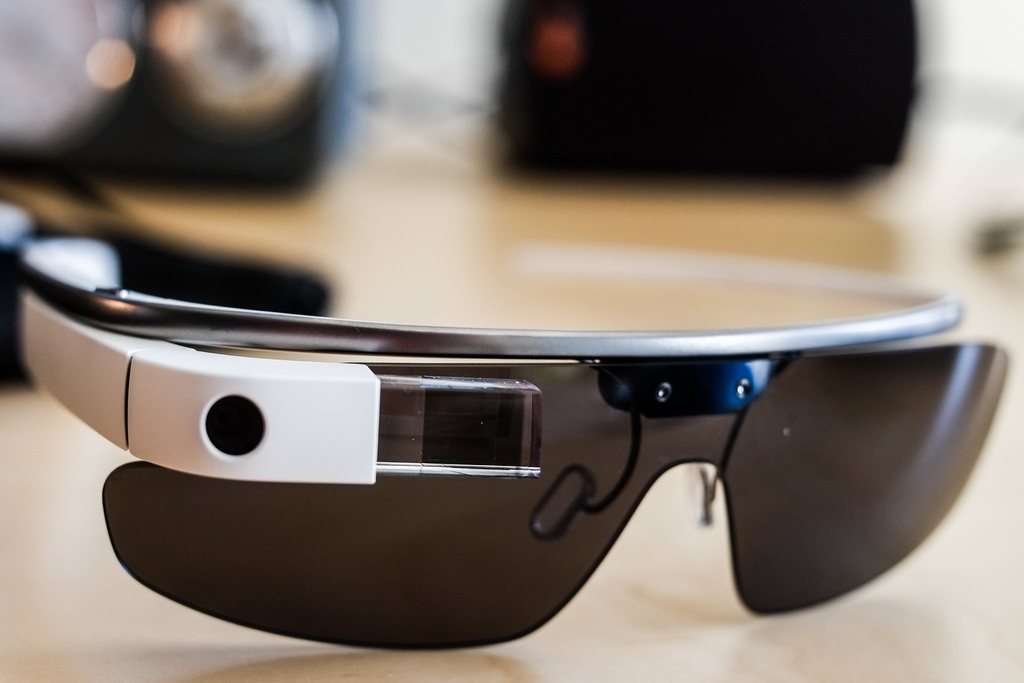

Last couple of years seems to be the year in which augmented reality (AR) moves firmly in the mainstream. As the next great technical trend, it has a wider effect on the user experience and on the design of user experience. The good news is that augmented reality has the ability to solve the problems of users who have challenged UX designers for years, such as high interactive cost and less commitment. On the contrary, augmented reality also brings challenges to designers. Here we will see how augmented reality is affecting the UX, and UX designers can withstand the challenge of designing attractive, conversion-friendly and enriched user interfaces.
Although it has existed in some form from the beginning of the 1990's, the word "Augmented Reality" can still cause some confusion. In essence, augmented reality is the technology that combines real-world input with programmed components. These programmed components have to interact with real-world data in some way, changing the actual entries, changing them.
While Virtual Reality (VR) excludes users from the real world and puts them in a completely hypothetical alternative, augmented reality adds a programmed layer on the real reality to create the third dynamic level of augmented experience.
How Augmented Reality works
Design of better user experiences requires the understanding of the functionality of technology. Many sensors on one device (for example, GPS, camera and compass on the Smartphone) enter input into pre-installed software applications on the device. The device interface answers independently to add sensory enhancements in the scene. Therefore, an augmented reality interface is an example known as "User Interface Without Command"; the interface works and responds without specific user commands.
It is important to keep in mind that even though you have the latest Smartphone with the possibility of AR, this does not mean that wherever you go, you have to see the enhanced reality elements. The technology requires AR software as well and a real world that activates it. These three elements combine to make augmented user experience possible.
What this extended reality means for UX designers
Clearly, the implications of augmented reality for the user experience are huge. Technology has the potential to revolutionize the way users interact with their devices. From designing, the user flows to the reactive interface to visualize the existing users in a screenless world, where everything has the capability to become a command interface, changes in the UX design will be fundamental.
Exciting, isn’t it? But scary too. With a mixture of psychology, research, interaction design and software development, the user experience is already quite complex. UX designers need to test themselves for the future and make sure that they are ready for those opportunities and challenges which are already knocking on their door.
Augmented reality is already changing the experiences of users of digital brands and platforms. At first glance, the two most famous examples, Pokémon Go and Snapchat, use AR in a light way. Regardless of everything, the capture of Pokémon and selfies with floral beads hardly resembles UX innovative UB. But look at the numbers: In the week of its launch in 2016, 65 million people worldwide were playing Pokémon Go, and the price of Snapchat was $ 24 billion when it was published in March (though later the stock price fell and leveled). The success of Snapchat and Pokémon B is due to the fact that they are using AR to give users a unique and customizable experience that keeps them tilted.
AR reduces the cost of the conversation, reduces the cognitive load of the user, connects many sources of information, and reduces the change in meditation on the Holy Coalition of approximately UX.
Therefore, it is not surprising that we take control of AR beyond social networks and gambling. Technology is already being exploited by marketing departments in the future as a great brand opportunity. Pepsi is an example: In 2014, Soft Drink Company posted a campaign at the bus stop in London, where it used AR technology to convert a normal, boring bus Marquee into an asteroid or a screen full of loose tigers. There was a powerful movement in the context of the brand. UX Designers will work together with marketing teams to test and refine the enhanced experiences that strengthen the image and commitment of the brand.
Conversion is another area where augmented reality is already being tested. Take the example of a consumer who makes a purchase. A simplified user might travel: research the product in the online store, go to the store, take photos on mobile devices, view photos in your home ... and then, it is impossible to know which product is appropriate. The potential consumer feels frustrated, does not change.
UX challenges for extended reality
But, with any technological change, there will be challenges for UX designers who design for augmented reality. Let's see those challenges.
Glossary
Even before starting working on the UX Designer AR, they have to deal with many new vocabularies. Getting familiar with words like modified reality like HMD and HUD, AR is a good starting point to face the challenges and started to think genuinely about enhanced user experiences.
Overload
This is going to be important for RA's long-term success. To see what we mean by AR overload, take a look at this video by Kei Matsuda, which presents the vision of a highly enhanced user experience. Video is great, but would you really like to live with that visual noise throughout the day? To add value to UX designers in some contexts, avoiding heavy users with useless or de-contextual information using AR.
Hardware and physical comfort
UX designers design experiences to reduce eye tension or thumb tension. But augmented reality will need to consider other physical factors, such as hand strain: Users will not be able to catch their mobiles at eye level throughout the day. The comfort of wearable to adopt AR will be increasingly important.
Terms and reference
Environmental challenges arising from augmented reality are going to be very big. While designing for desktop experiences, UX designers are working with a relatively limited set of variables in relation to user situations.
With AR, a user can be anywhere, in any situation, can see in any situation, and still hope to increase the experience. UX designers have to execute complete user tests on the use of software in light and shadow conditions, different climates, internal and external moving or not. User tests need to be optimized adequately.
Security
Physical safety of users is also a problem. Pokémon Go Designers came to know of this when the reports were so overwhelming in the players' games that they got into the grip of cars or fell off the rock.
Possibly there is a limit to bad user experiences, so the experience of augmented reality must be designed to minimize the hazardous results.
These challenges mean that UX designers should have a deeper understanding of users' expectations around new technology, before they start designing match experiences.
Need help with your AR/VR apps? Get in touch and ask for demos on what we can achieve with these amazing new (not very new though!) technologies

The need for data visualization in business
Today’s data visualization tools stretch beyond the traditional spreadsheets or Excel charts and graphs. In an ever-growing business landscape that...


